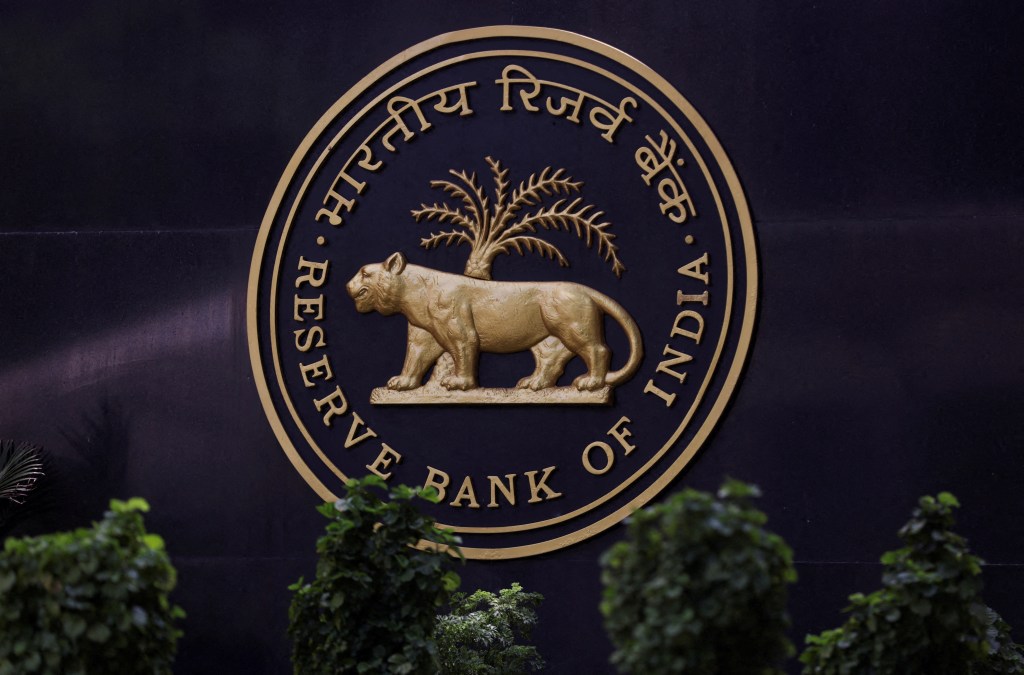Keeping rates steady was never going to be the be-all and end-all for India’s stock market, even if it would’ve liked a rate cut this week.
Shaktikanta Das, who leads India’s central bank, was in no rush to cut rates, even after the US Federal Reserve cut its key lending rate by an unexpected half a percentage point and the European Central Bank entered a rate-cut cycle.
China, India’s main rival in the emerging markets, has also unleashed its stimulus to prop up its faltering economy.
For some, this is a statement of confidence: the world’s fastest-growing economy can withstand higher rates for longer. Others feel that Das & Co. have kept rates steady in fear of higher inflation that is fueled by geopolitical tensions and rising oil prices.
Slow but steady
- India’s current GDP growth rate is 6.7%, down from 8.2% at the same time last year. But the central bank expects growth to bounce back to 7.2% for the current financial year.
- Car sales in September slumped to their lowest in nine months — a 9.26% decline for the year.
The Reserve Bank of India does expect better agricultural output to stem food inflation. We are now in India’s post-monsoon harvest season that wraps up in November. A good harvest could make room for a rate cut. December, perhaps?
What’s the play
Until then, to weather higher rates and a little slowdown, it might be a good idea to sit tight or find safer bets like cash-rich companies on the exchange (like Tata Group, Reliance Industries, etc.)
Global headwinds have to ease for things to get better. And perhaps then the central bank will feel that India is ready to join the global rate-cut bandwagon.
Why is this important? Easing could prop up the markets as a whole, leading to higher consumption and improved earnings.
India also happens to be an expensive market: as of September end, the price-to-earnings multiple of the MSCI Emerging Markets Index (that includes India) stood at 16.27. The same number for India was 23.9, which makes it the most expensive market among emerging economies. Taiwan was a close second at 21.7.
A breather might be exactly what the doctor ordered.






